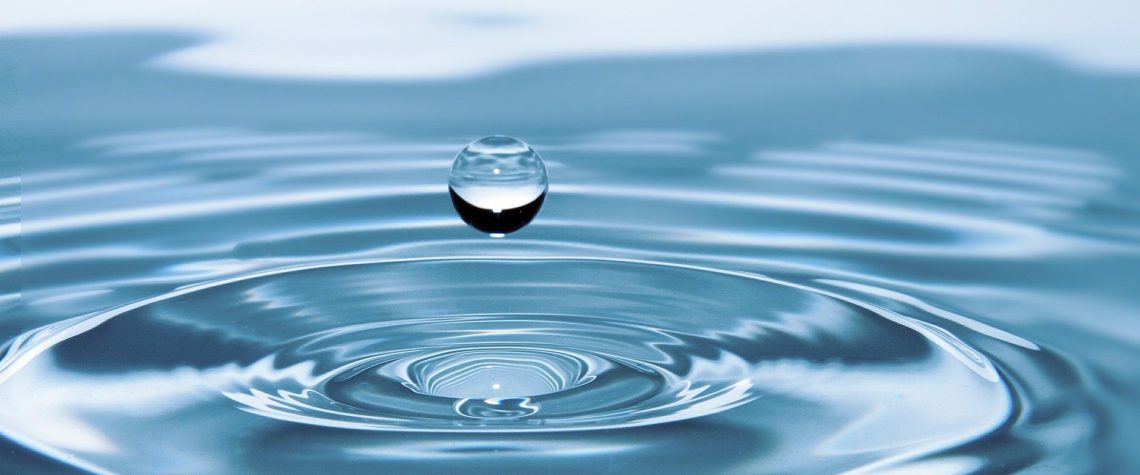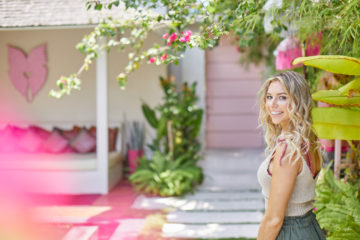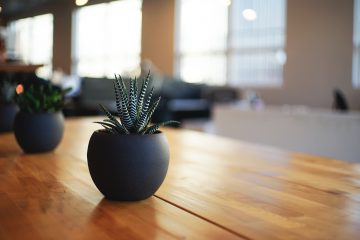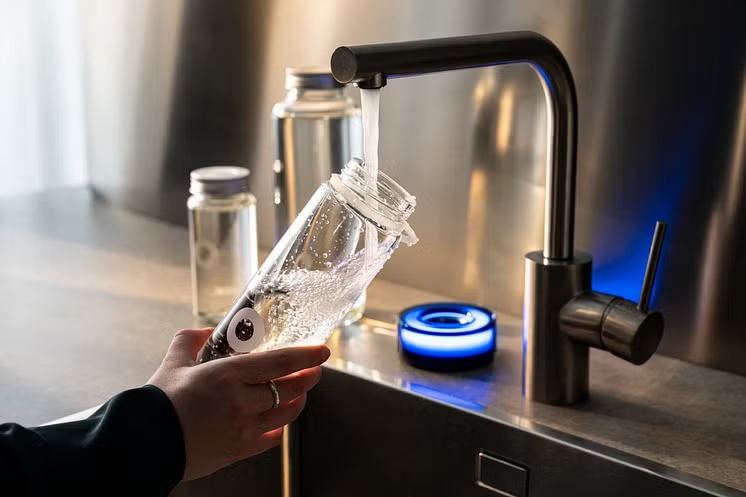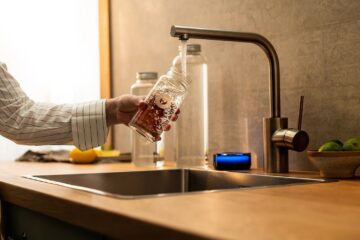World Water Day – 22nd March
The world has woken up to the food waste problem – UK households waste an astounding 4.5 million tonnes of food a year, leading local councils to roll-out of food waste bins and weekly collections.
Water waste on the other hand, isn’t talked about as much. You might not think it, but the average person in the UK uses 150 litres of water a day.
This World Water Day, to help us all become more water-savvy at home, The Greenhouse People give their top tips…
Why do we need to save water?
Although it makes up over 70% of the Earth’s surface, water is a limited resource. That’s because most of the world’s water is saltwater, whereas a small percentage (2%) of the accessible supply is the freshwater we need and, sadly, waste.
So, it’s vital we respect the water we do have.
The more often you water plants the more water they will need to survive. This means a light watering can be counterproductive to their growth and wastes water in the process.
A scheduled nourishing feed is generally better than little and often, as this stops them becoming too dependent on hydration.
The optimal time to water your plants in spring and summer is in the cooler evenings, as this will prevent the water evaporating straight away. Fill up your can as the sun sets and give plants and beds an intense feed – this will better help you control consumption.
Water butts
If you’re a keen gardener, it’s likely you are fairly eco-minded as is. However, tending to plants and produce can be one of the most water-consuming activities of all – but it doesn’t have to be.
‘Water butts’ or ‘rain barrels’ are great products that collect and store the natural rainwater, typically from drains and pipes. This natural water can be redispersed onto your garden and cut consumption massively – not to mention it being free.
The natural pH level of rainfall is better suited to the needs of plants, being much softer. It can even act as a natural fertiliser, containing nitrates and organic matter.
Look after your soil
With a little extra effort and care, soil that’s regularly added to with organic matter will be better at retaining water, meaning you won’t have to reach for the hose so often.
You can also add water-retentive granules or gel to compost or use compost with them already mixed in to give the soil a boost of hydration that lasts for longer.
Favour plants that need less water
When planning or redesigning your outside space, keep water waste in mind and favour species that demand less TLC like Lavender, Bamboo and Verbena.
The RHS has a dedicated page listing drought-resistant plants, with helpful tips on how to get the most out of them. There’s so many to choose from, you won’t have to sacrifice style.
Plug ins
Making use of sink plugs, washing up bowls or buckets is a cheap and easy way to be much more mindful of your water consumption in your home. Never keep the tap running.
When you’ve used finished with the water, don’t chuck it away! If you’ve used natural cleaning products you can reuse this water in your garden to save you sending it down the sink.
Don’t forget houseplants
The houseplant trend is here to stay, bringing the outdoors in. But indoor plants need just as much watering as that outdoors, and some have complicated needs.
Indoor plants can be great for making our homes air better, but they don’t contribute to the earth’s eco system quite as much as our gardens can, not hosting homes for any insects or wildlife. In this case, opt for plants that require little water where you can.
Luckily, aloe vera’s and other succulents are among the most popular potted plants, and these require next to no watering. Every so often, give your green friend a splash and always keep it in the direction of sunlight to watch it flourish.

